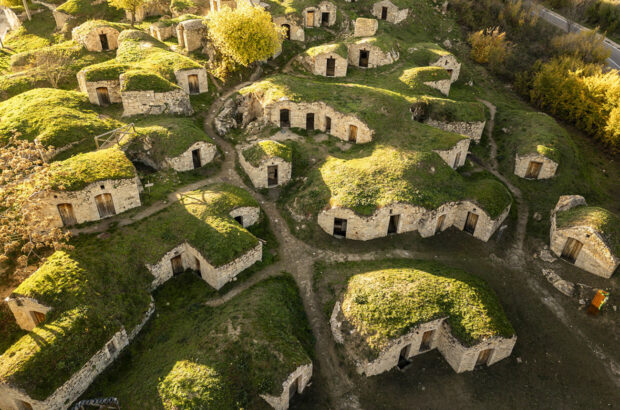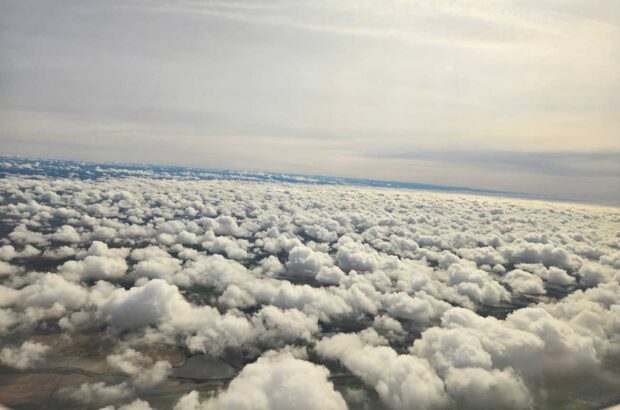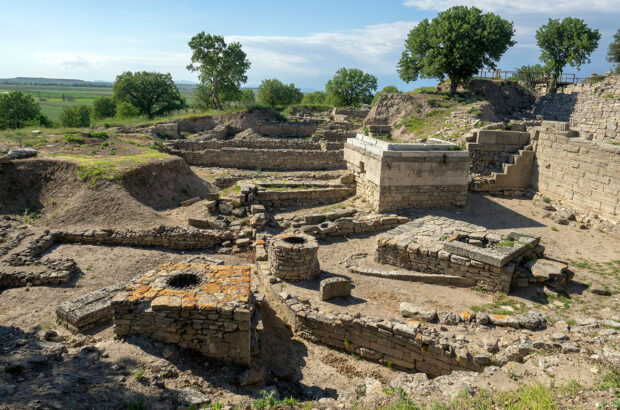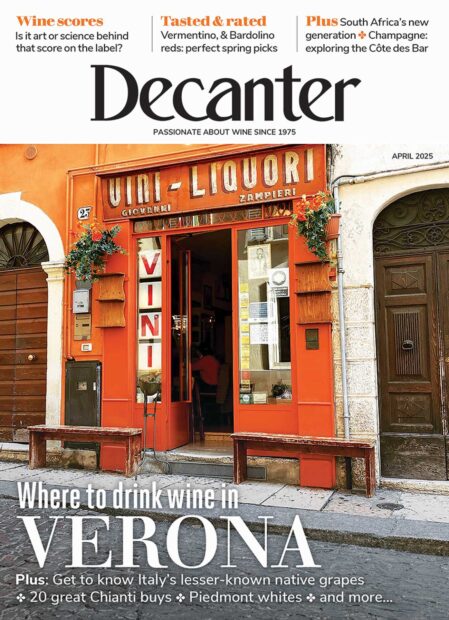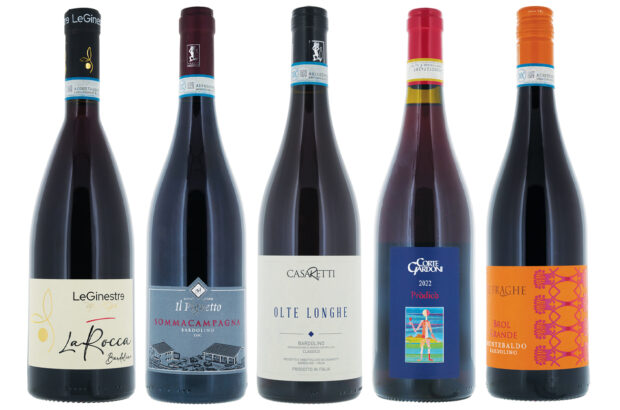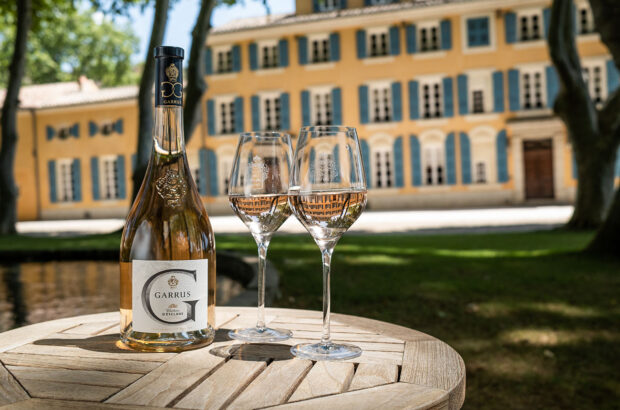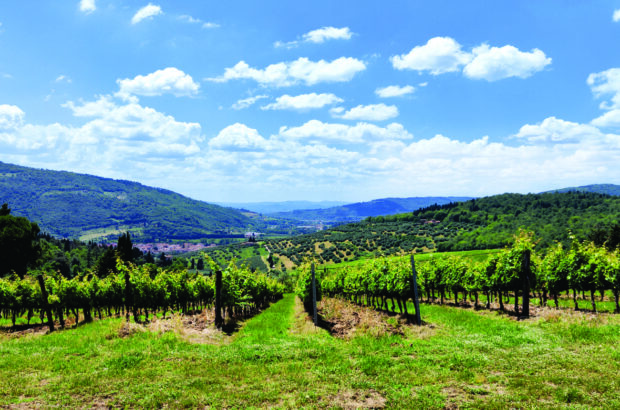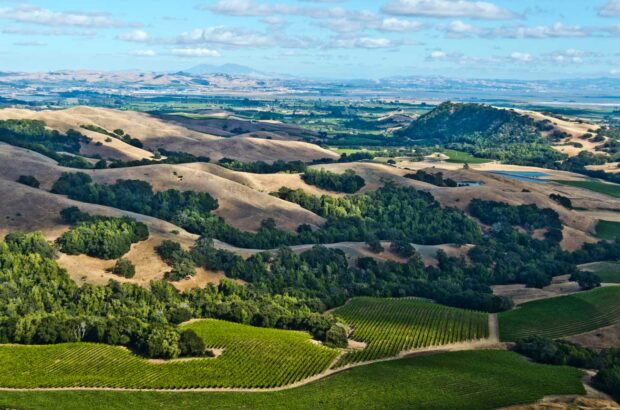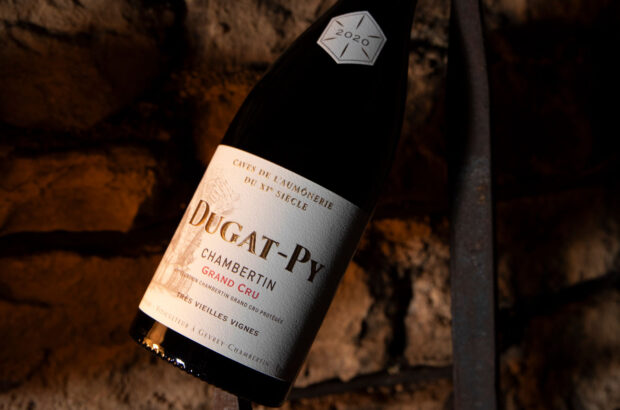Aurélien Suenen is pouring vins clairs, the still base wines from the 2023 harvest that have yet to become sparkling Champagne. ‘It’s a new world,’ he says, raising an eyebrow. ‘The wines are opening up so fast compared to the last two decades. I really enjoy what I taste – but maybe too much!’
The Butte de Saran, a stumpy, tree-topped hill encircled by vineyards, dominates the view from Suenen’s smart new tasting room. From the villages of Chouilly, Cramant, Cuis and Oiry that surround it, a single, largely east-facing bank of Cretaceous-era chalk meanders southwards for 20km, through villages that resonate with significance like few others in Champagne: Avize, Oger, Le Mesnil-sur-Oger, Vertus.
On a bright day, the dry chalky tracks that split the Chardonnay vineyards seem almost backlit with white light.
Scroll down to see notes and scores for 30 stunning Champagnes from the Côte des Blancs

Credit: JP Map Graphics Ltd.
Today, the villages are buzzing with grower-producers while the larger-scale houses continue to blend their top blanc de blancs largely from Côte des Blancs fruit (entry-level examples tend to blend in less expensive Chardonnay fruit from elsewhere in Champagne).
Nowhere else – with the possible exception of the villages of Trépail and Villers-Marmery in the east of the Montagne de Reims – compares in character.
‘You can plant more Chardonnay, but you can’t plant more Côte des Blancs!’ says Louis Roederer’s chef de cave Jean-Baptiste Lécaillon, a believer in the ‘freshness’ that the chalk soils, with their unique water-retentive properties, bestow on the wines.
Champagne Côte des Blancs: the facts
Villages: 10, covering 3,190ha just south of Epernay
Bedrock: Belemnite and micraster chalk with topsoils of varying depths
Orientation: Largely east-facing, although Cuis and Grauves (and some of Chouilly) face north and west
Grape varieties: 97% Chardonnay, 2% Pinot Noir, 1% Meunier
Village matters
Much of the Côte faces to the east, meeting Chardonnay’s sensitive needs for early morning sun (to ward off frost) yet avoiding fully intense southern exposures or the cooler, frost-prone western and northern exposures.
Subtle shifts in exposition and soil create a varied palette from which to blend, though; in the north, warm Chouilly meets cool, northerly Cuis – ‘the most acidic Chardonnay in Champagne’, as Cuis-based producer Didier Gimonnet puts it – above the famous twins of Cramant and Avize, arguably the classic heart of the Côte.
Then, south of Avize, there is a subtle change that marks the border between the northern and southern Côte: the village of Oger. ‘Oger is a bowl, so the sun has more impact. You always have this tropical fruit, this maturity in Oger,’ explains Paul Girard, a rising superstar of Le Mesnil (at Champagne Girard-Bonnet) with 12ha to his name in the southern Côte.
Hewson’s pick: 30 top Côte des Blancs bubbles
Timeless blends
Three classic prestige cuvées of the Côte des Blancs
Billecart-Salmon, Louis Salmon Grand Cru Blanc de Blancs Brut, Champagne, France 2012 96
Taittinger, Comtes de Champagne Grand Cru Blanc de Blancs Brut, Champagne, France 2013 96
Charles Heidsieck, Blanc des Millénaires Blanc de Blancs Brut, Champagne, France 2014 95
Terroir transparency
Tasting the individual terroirs of the Côte des Blancs
Pierre Péters, Les Chétillons Grand Cru Blanc de Blancs Oenothèque Brut, Champagne, France 2009 97
Agrapart, Minéral Grand Cru Blanc de Blancs Extra Brut, Champagne, France 2018 95
Aurélien Suenen, Les Robarts Cramant Grand Cru Blanc de Blancs Extra Brut, Champagne, France 2017 95
Guiborat, De Caurés à Mont-Aigu Extra Brut, Champagne, France 2016 95
Louis Roederer, Grand Cru Blanc de Blancs Brut, Champagne, France 2016 94
André Jacquart, Mesnil Experience Grand Cru Extra Brut, Champagne, France NV 93
Domaine Vincey, Le Grand Jardin Grand Cru Brut Nature, Champagne, France 2019 93
Pertois-Lebrun, Le Fond du Bateau Grand Cru Extra Brut, Champagne, France 2013 93
Pierre Legras, Idée de Voyage Grand Cru Blanc de Blancs Brut, Champagne, France 2013 93
Veuve Fourny & Fils, Monts de Vertus Blanc de Blancs 1er Cru Extra Brut, Champagne, France 2016 93
Petit & Bajan, Nuit Blanche Grand Cru Brut, Champagne, France NV 92
Coup de Coeur
The dazzling, the unusual and the memorable
Henriot, L’Inattendue Grand Cru Extra Brut, Champagne, France 2016 96
Pierre Péters, L’Esprit de 2019 Grand Cru Blanc de Blancs Brut, Champagne, France 2019 95
De Sousa, Cuvée des Caudalies Grand Cru Extra Brut, Champagne, France 2013 94
Legras & Haas, Les Sillons Grand Cru Extra Brut, Champagne, France 2016 94
Girard-Bonnet, A Mi-Chemin Grand Cru Extra Brut, Champagne, France NV 93
Les Frères Mignon, L’Aventure 1er Cru Blanc de Blancs Extra Brut, Champagne, France NV 93
La Rogerie, Le Bourg Sud Grand Cru Extra Brut, Champagne, France NV 92
Larmandier-Bernier, Rosé de Saignée 1er Cru Extra Brut, Champagne, France NV 93
Veuve Fourny & Fils, Vertus 1er Cru Rosé Brut, Champagne, France NV 93
Affordable stars
Remarkable wines to begin a journey into the Côte des Blancs
Delamotte, Blanc de Blancs Brut, Champagne, France NV 94
Claude Cazals, Cuvée Vive Grand Cru Blanc de Blancs Extra Brut, Champagne, France NV 92
Diebolt-Vallois, Prestige Grand Cru Blanc de Blancs Brut, Champagne, France NV 92
Lilbert-Fils, Perle Cramant Grand Cru Blanc de Blancs Extra Brut, Champagne, France NV 92
JL Vergnon, Murmure 1er Cru Blanc de Blancs Brut Nature, Champagne, France NV 91
Pierre Gimonnet, Cuis 1er Cru Blanc de Blancs Brut, Champagne, France NV 91
Roland Champion, Eclat de Craie Grand Cru Blanc de Blancs Extra Brut, Champagne, France NV 91
Le Mesnil-sur-Oger takes some of the power of Oger but turns it into something steelier, more austere, and even more long-lived – this is the gold standard for immortal, mineral Chardonnay.
The character can be so strong, in fact, that Le Mesnil is often blended, as Isabelle Diebolt in Cramant does for Diebolt-Vallois’ brut cuvée Prestige: ‘Le Mesnil is fantastic, super-elegant, and Chouilly is very fruity – apricots, Williams pears, yellow peach. So when we blend, it gives us the best of both.’
Then with Vertus and Bergères-lès-Vertus, both rated premier rather than grand cru, the feeling switches to something a little easygoing. ‘Vertus is a little less intense,’ says Girard, who follows others such as Larmandier-Bernier in using Vertus more for accessible styles.
The village, with its slightly heavier clay in places, even has a historical Pinot Noir plantation to the south, which the village’s growers – such as Veuve Fourny & Fils – blend into rare, delicate rosés.

Sophie and Pierre Larmandier, Larmandier-Bernier. Credit: Kate Shanasy.
Preserving elegance
What the warming climate is taking away in terms of natural crispness can be replaced, in capable hands, with a sort of mineral intensity and low-pH energy brought on by a new approach to viticulture.
‘Of all the changes we noticed, it was stopping herbicides and working the soils which made the biggest difference to the wines,’ says Antoine Bouret of Pertois-Lebrun in Cramant, who, like many others, finds that mechanical weeding and cover cropping help keep the pH low in the wines.
Five Côte des Blancs producers to watch
Domaine Vincey: Natural-leaning, expressive wines from Oger and Le Mesnil in the hands of Marine Zabarino and Quentin Vincey.
Girard-Bonnet: Intensity and energy from a future superstar of Le Mesnil.
Guy Charlemagne: It’s early days, but sisters Marie and Justine Charlemagne (below) are starting a new journey at this family domaine with enviable holdings in Le Mesnil and surrounds.
La Rogerie: François and Justine Petit Boxler bring their modern Alsatian expertise to a young domaine based near Avize.
Les Frères Mignon: Ultra-precise, transparent takes on the northern Côte from Florent and Julien Mignon.

Marie and Justine Charlemagne, Champagne Guy Charlemagne. Credit: Champagne Guy Charlemagne.
Despite this, as for all Champagne, much of the vineyards’ output is still sold by the kilogram to the négociants and cooperatives, where quantity – rather than quality – pays the bills and modern (if more expensive) viticulture comes a distant second. The untapped potential remains huge.
For now, Suenen’s worries seem misplaced; even if ripeness and power are on the rise, the top wines here still channel what Didier Gimonnet calls a ‘philosophy of harmony and elegance over ultra-concentration’.
Yes, there are now wines showing low-yield intensity and oak influence that may win over drinkers who find more classical styles too narrow. But, even in warm vintages, the classicists can still prevail.
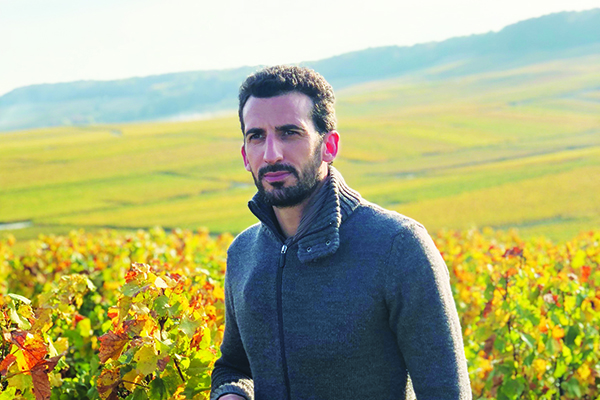
Current vintages
If anything, the challenge for the new generation is to afford the time – for bottles to age on the lees, or via aged reserve wines – that propels the very top wines in this current-release report forward.
The 2019 vintage – ‘the best raw material’ Rodolphe Péters in Le Mesnil has ever seen – is a gift for youthful blanc de blancs, powerful yet fresh (and sure to be a long-term classic), while 2020 promises a little more heat.
2018 is easygoing, whereas 2017 was intense and fine (despite travails elsewhere in Champagne). 2016 has exceeded expectations with its compact, ripe sense of refreshment (if not, perhaps, the greatest longevity), although 2015 has proven mixed, sometimes missing snap and refreshment value.
Perhaps the greatest news for current drinkers is that 2014 and 2013 both yielded a slew of classic, long-lived and focused blanc de blancs that are maturing beautifully (2013 a little more piercing and cool, 2014 a little more open).
Will these bright, acidity-driven, pre-2015 wines end up feeling like characters from another era? Perhaps. If there’s anywhere in Champagne that can find its balance in a changing climate, though, it’s here in the Côte des Blancs.
30 Champagnes from the Côte des Blancs
Wines are ordered by colour then descending score



